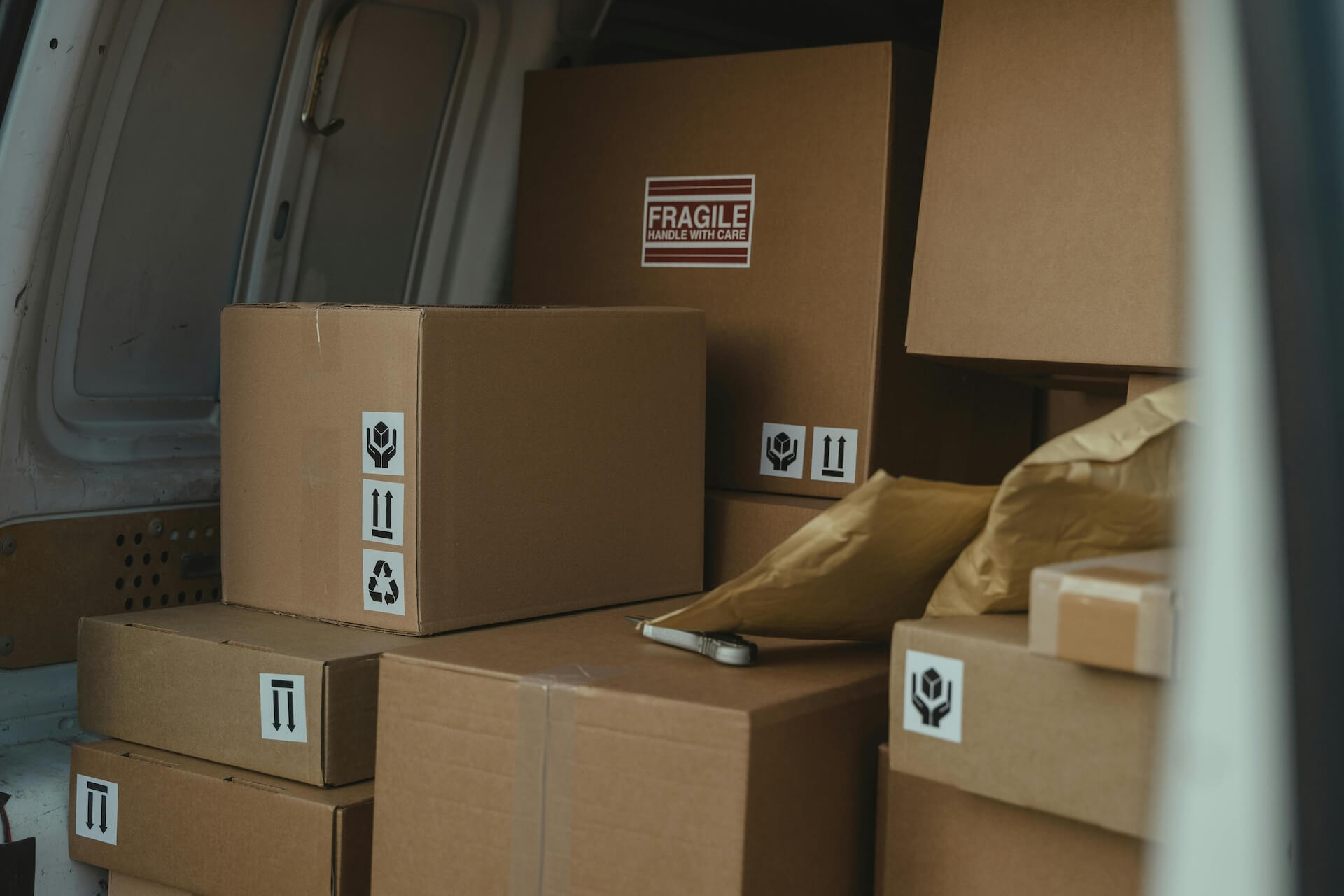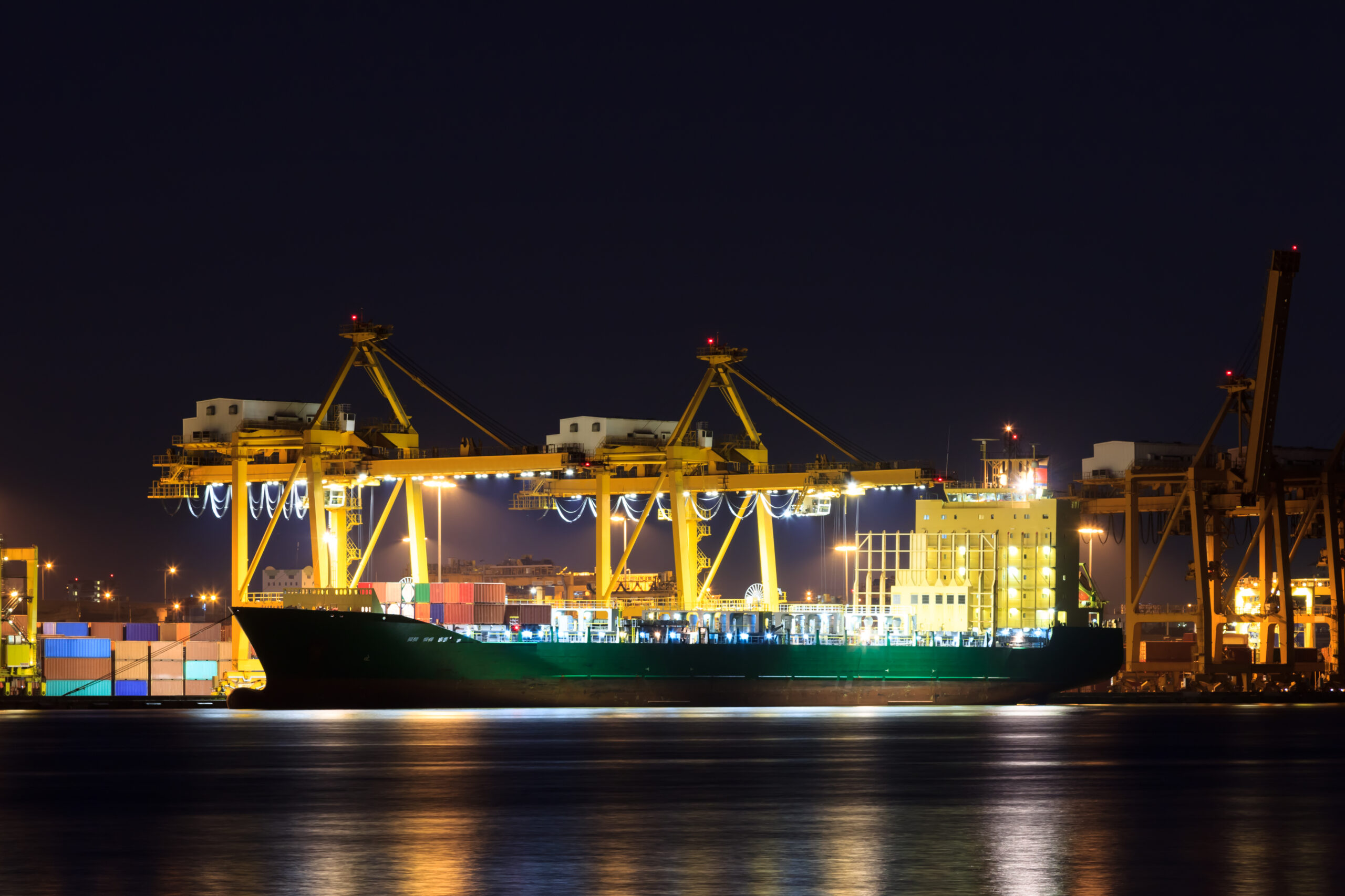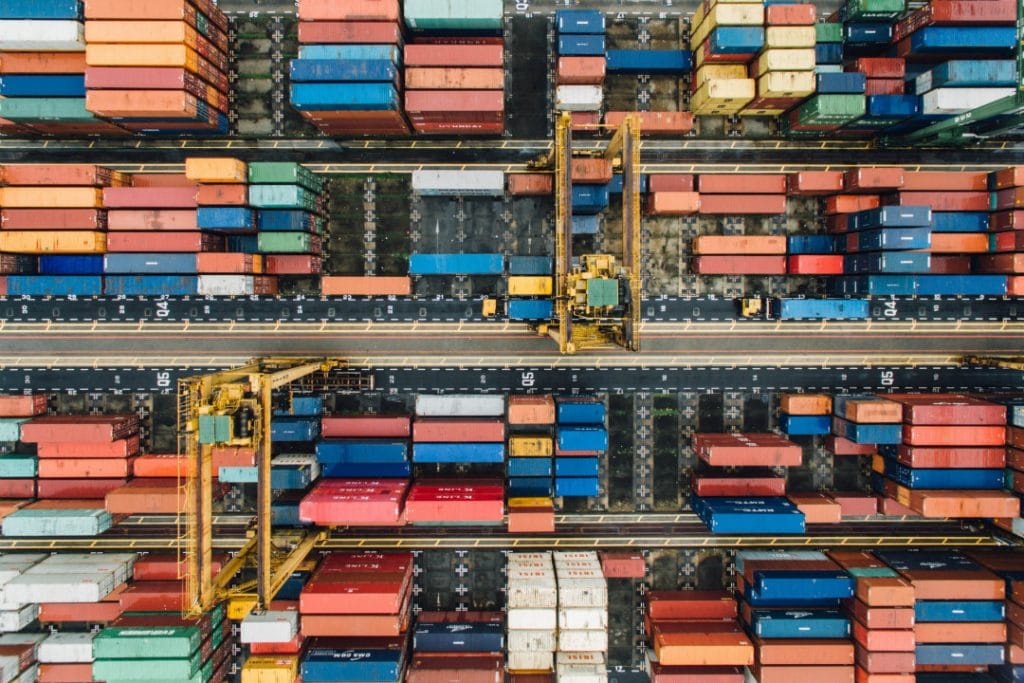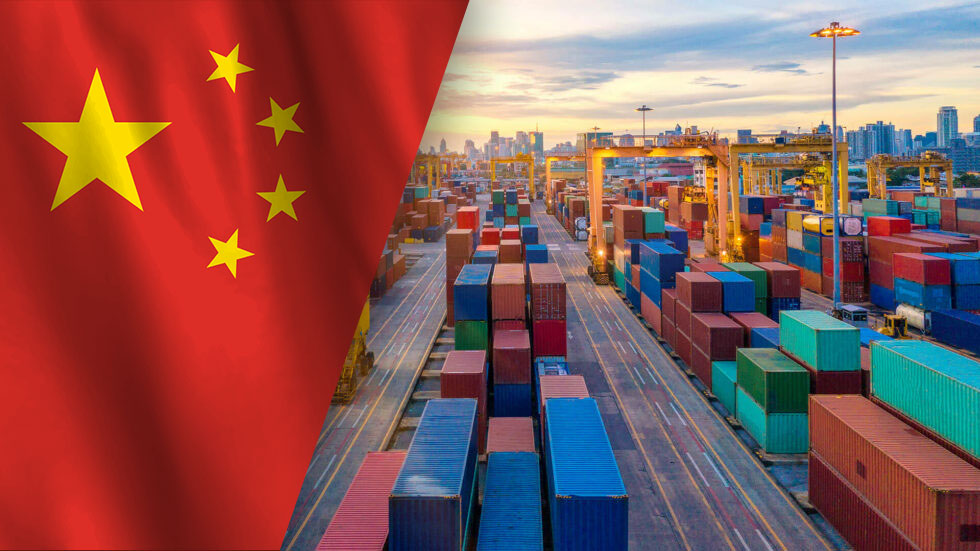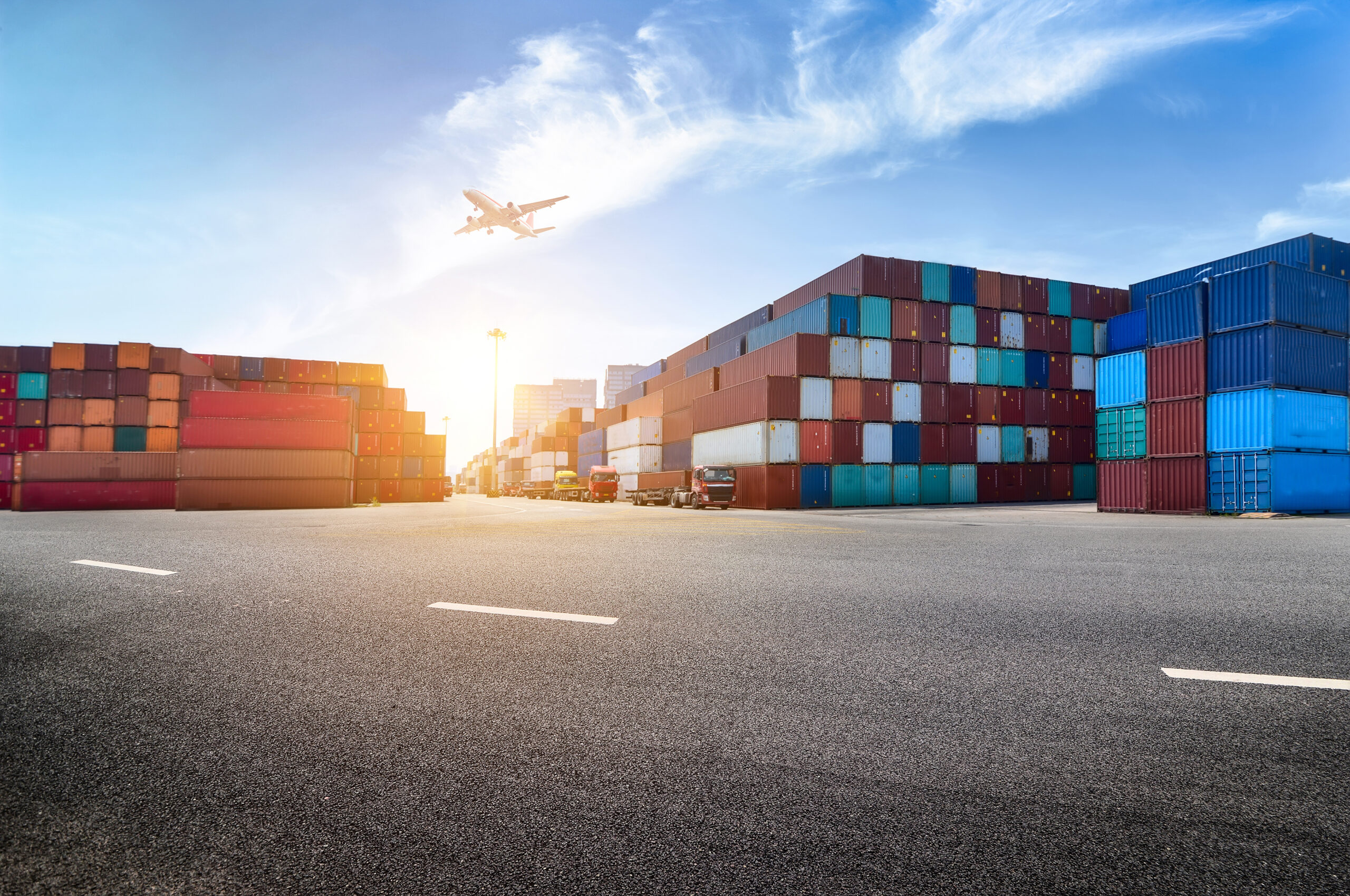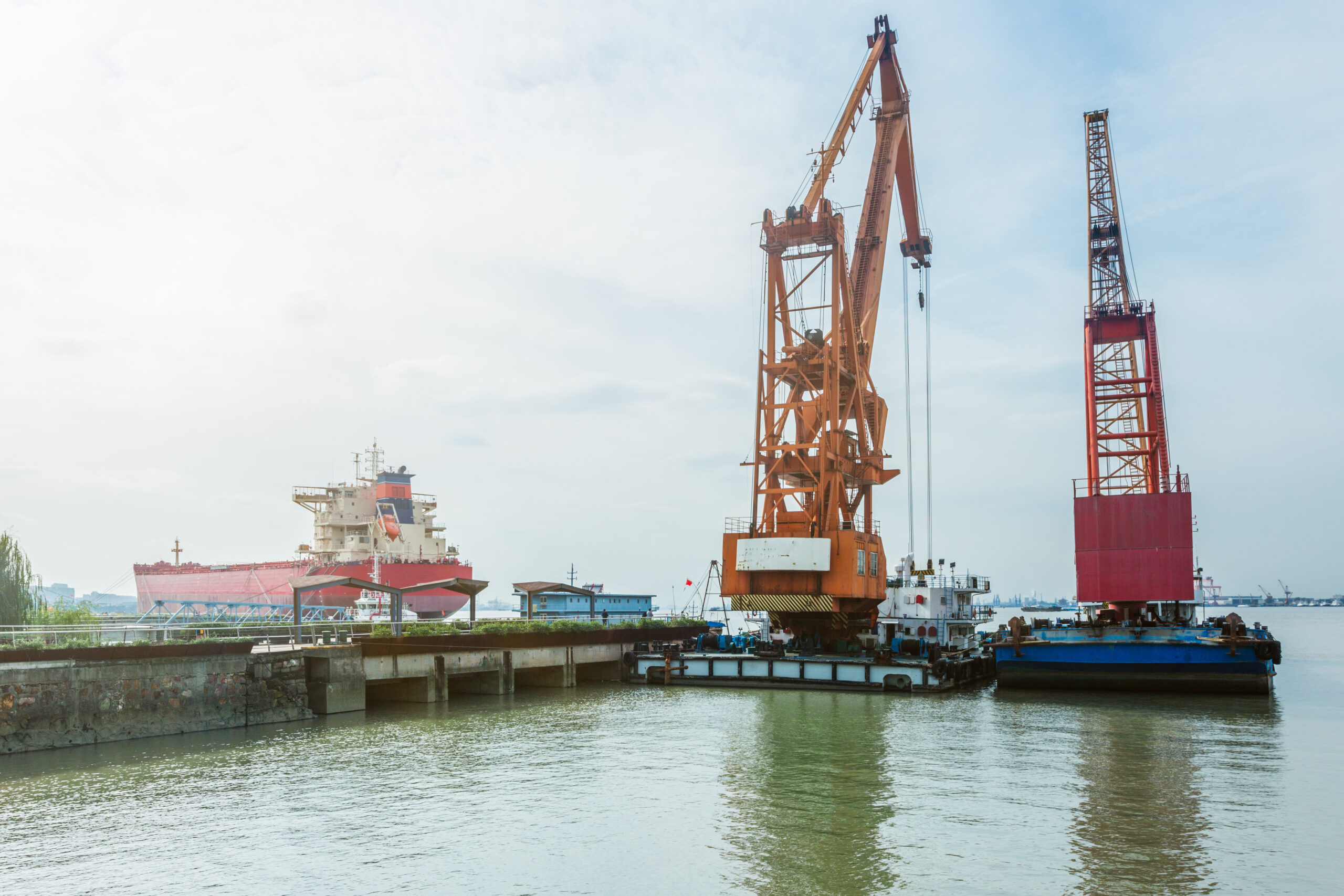This week:
- With aspects of zero-admissions mandates approaching, drayage operators in California say that adequate charging infrastructure is the key.
- In late September, the ports of Los Angeles, Long Beach and Shanghai announced the first-ever green shipping corridor.
- Trucking transportation is getting more expensive in the United States.
- As a surge of cross-border trade hits the U.S.-Mexico border, trucking costs have been rising.
- Data from an industry survey points to U.S. shippers increasing less-than-truckload shipments before holiday season.
As Zero-Emission Regulations Approach, Operators Voice Concerns
While the full California Air Resources Board (CARB) Advanced Clean Fleets (ACF) regulation doesn’t go into effect until 2035 — which requires all drayage trucks serving the state’s ports and intermodal rail yards to be zero-emissions — existing diesel trucks will start being phased out in 2025.
The ACF regulation also says that any new truck entering a fleet in the state after Jan. 1, 2024 must be zero-emission.
At a September meeting at the Los Angeles Transportation Club, Matt Schrap, CEO of the Harbor Trucking Association in Southern California and Oakland, said that not only will it be difficult to phase out thousands of trucks, but having enough charging capacity is essential.
“We need charging, or it won’t work,” Schrap said.
Bill Robertson, an advisor for CARB, said that the board is aware of the concerns, and is actively working to make it a successful transition through infrastructure and incentives.
Sign up to Receive JMR’s Supply Chain News Roundup, Delivered Directly to Your Inbox Weekly
Shanghai And Southern California To Be Connected Via Historic Green Shipping Corridor
Named the Green Shipping Corridor Implementation Plan, it is seen as a major commitment to clean-fuel infrastructure and ships.
“Reducing emissions in this corridor will yield substantial reductions,” Gene Seroka, executive director of the Port of Los Angeles, said in a statement. “For perspective, most of the emissions associated with moving cargo by ship occur in the midocean part of the journey between ports.”
Higher Costs Hit U.S. Trucking
At the conference, Tom Nightingale, CEO of AFS Logistics, said that it could push out smaller trucking companies that rode the wave of record consumer spending in 2021 and 2022.
“We are off the sugar high from COVID and [shippers] are normalizing inventories,” Nightingale said. “I think this consumer demand is going to slow quite a bit because of the fact that discretionary income is not as available as it used to be, and we have higher interest rates.”
Trucking Costs Rising On U.S.-Mexico Border
Fuel, labor, tolls, insurance and interest rates have all risen, contributing to the issue, they said.
The experts spoke about how the transfer of manufacturing from China to locations closer to the U.S. — in this case Mexico — will continue to contribute to the demand and the rise in costs, but, for now, it is driven by companies that have been around.
“The increase we’re seeing is from companies that already have production facilities in Mexico and have been shifting production there during the pandemic,” Jordan Dewart of Redwood Logistics said during a panel discussion. “Mexico has been a place to assemble parts and more of the parts are being made there now.”
Inventory Strategies Alter Before Holiday Season
BlueGrace Logistics, which produces quarterly data, polled shippers as expecting a higher revenue from sales to end the year, but have concerns about how those sales will influence new orders, suggesting smaller shipments and more less-than-truckload shipments, possibly changing strategies during a pivotal time.
Jason Lockard, senior vice president of managed logistics at BlueGrace, told the Journal that shippers and suppliers are both overstocked, which is throwing off how shipping generally works this time of year.
“Everyone is sitting on a tremendous amount of inventory,” Lockard said. “They’ve changed their tactics and their strategy on inventory management in terms of how much they’ll keep on hand and what they’ll order going forward.”

